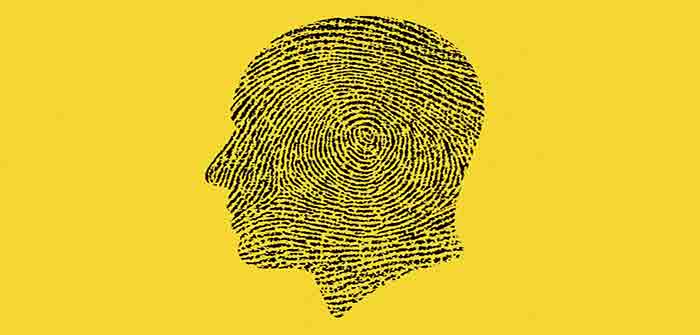
by Matt Burgess at Wired
For the past 15 years, police forces searching for criminals in Europe have been able to share fingerprints, DNA data, and details of vehicle owners with each other. If officials in France suspect someone they are looking for is in Spain, they can ask Spanish authorities to check fingerprints against their database. Now European lawmakers are set to include millions of photos of people’s faces in this system—and allow facial recognition to be used on an unprecedented scale.
The expansion of facial recognition across Europe is included in wider plans to “modernize” policing across the continent, and it comes under the Prüm II data-sharing proposals. The details were first announced in December, but criticism from European data regulators has gotten louder in recent weeks, as the full impact of the plans have been understood.
“What you are creating is the most extensive biometric surveillance infrastructure that I think we will ever have seen in the world,” says Ella Jakubowska, a policy adviser at the civil rights NGO European Digital Rights (EDRi). Documents obtained by EDRi under freedom of information laws and shared with WIRED reveal how nations pushed for facial recognition to be included in the international policing agreement.
The first iteration of Prüm was signed by seven European countries—Belgium, Germany, Spain, France, Luxembourg, the Netherlands, and Austria—back in 2005 and allows nations to share data to tackle international crime. Since Prüm was introduced, take-up by Europe’s 27 countries has been mixed.
Prüm II plans to significantly expand the amount of information that can be shared, potentially including photos and information from driving licenses. The proposals from the European Commission also say police will have greater “automated” access to information that’s shared. Lawmakers say this means police across Europe will be able to cooperate closely, and the European law enforcement agency Europol will have a “stronger role.”
The inclusion of facial images and the ability to run facial recognition algorithms against them are among the biggest planned changes in Prüm II. Facial recognition technology has faced significant pushback in recent years as police forces have increasingly adopted it, and it has misidentified people and derailed lives. Dozens of cities in the US have gone as far as banning police forces from using the technology. The EU is debating a ban on the police use of facial recognition in public places as part of its AI Act.
However, Prüm II allows the use of retrospective facial recognition…
Continue Reading